Great Depression New Deal Worksheet
The Great Depression New Deal Worksheet is a valuable tool for students studying the era of the Great Depression and the government's response through the New Deal. This worksheet provides a comprehensive overview of key events, programs, and policies, allowing students to delve into the subject matter with ease and depth. Whether you are a history teacher seeking engaging resources or a student looking for a reliable study aid, this worksheet is essential for gaining a solid understanding of this crucial period in American history.
Table of Images 👆
More Other Worksheets
Kindergarten Worksheet My RoomSpanish Verb Worksheets
Cooking Vocabulary Worksheet
DNA Code Worksheet
Meiosis Worksheet Answer Key
Art Handouts and Worksheets
7 Elements of Art Worksheets
All Amendment Worksheet
Symmetry Art Worksheets
Daily Meal Planning Worksheet
What was the Great Depression?
The Great Depression was a severe worldwide economic depression that took place during the 1930s, starting in the United States. It was the longest, deepest, and most widespread depression of the 20th century, characterized by a steep decline in economic activity, high unemployment, low industrial production, and deflation. The Great Depression had far-reaching effects on both rich and poor countries, leading to widespread poverty, political instability, and social upheaval.
When did the Great Depression occur?
The Great Depression occurred in the United States from 1929 to 1939.
What were the causes of the Great Depression?
The Great Depression was caused by a combination of factors including the stock market crash of 1929, excessive speculation and risky investments, overproduction and underconsumption, high levels of consumer debt, a lack of government regulation, and the failures of the banking system. These factors created a financial crisis that led to widespread unemployment, decreased consumer spending, and a downward economic spiral that lasted throughout the 1930s.
How did the New Deal aim to address the Great Depression?
The New Deal aimed to address the Great Depression by implementing a series of governmental programs and policies aimed at providing relief, recovery, and reform. It included initiatives such as the creation of the Civilian Conservation Corps, the Social Security Act, the Works Progress Administration, and the Securities and Exchange Commission to provide employment, regulate financial markets, and establish a social safety net for those in need. By stimulating the economy through public works projects and implementing regulations to prevent another economic collapse, the New Deal sought to alleviate the hardships of the Great Depression and lay the foundation for long-term economic recovery.
Who was the president responsible for implementing the New Deal?
Franklin D. Roosevelt was the president responsible for implementing the New Deal. He served as the 32nd President of the United States from 1933 to 1945 and he introduced a series of social and economic programs aimed at providing relief, recovery, and reform during the Great Depression.
What were some of the key programs and policies introduced under the New Deal?
Some key programs and policies introduced under the New Deal during the Great Depression in the 1930s included the Civilian Conservation Corps (CCC) to provide jobs for young men, the Works Progress Administration (WPA) to create employment opportunities, the Social Security Act to establish a social welfare system, the Securities and Exchange Commission (SEC) to regulate the stock market, and the Tennessee Valley Authority (TVA) to develop the region's infrastructure and economy. These initiatives aimed to stimulate economic recovery, relieve widespread poverty, and regulate financial markets to prevent future economic crises.
How did the New Deal impact the economy?
The New Deal had a significant impact on the economy by implementing programs and policies aimed at stimulating recovery during the Great Depression. It provided jobs through public works projects, regulated the financial sector through the establishment of the Securities and Exchange Commission and Federal Deposit Insurance Corporation, and created social safety nets like Social Security. These efforts helped stabilize the economy, restore confidence, and promote economic growth in the United States.
What were the criticisms of the New Deal?
Critics of the New Deal argued that it gave too much power to the federal government, stifled free enterprise and competition, prolonged the Great Depression by creating a dependency on government relief programs, and increased the national debt. Some also contended that it did not do enough to address underlying issues in the economy and that certain programs were wasteful or inefficient.
Did the New Deal successfully end the Great Depression?
The New Deal implemented by President Franklin D. Roosevelt's administration helped alleviate some of the worst effects of the Great Depression, such as providing relief for the unemployed, stimulating economic recovery, and regulating the financial sector. However, it did not completely end the Great Depression, as the economy continued to struggle until the onset of World War II, which ultimately boosted production and employment levels.
What is the long-term legacy of the New Deal?
The long-term legacy of the New Deal includes the establishment of a more active role for the federal government in the economy, the creation of various social welfare programs such as Social Security and unemployment benefits, and the strengthening of labor rights through the National Labor Relations Act. Additionally, the New Deal reshaped the relationship between the government and the citizens, leading to the expansion of government responsibilities in ensuring economic stability and social welfare.
Have something to share?
Who is Worksheeto?
At Worksheeto, we are committed to delivering an extensive and varied portfolio of superior quality worksheets, designed to address the educational demands of students, educators, and parents.

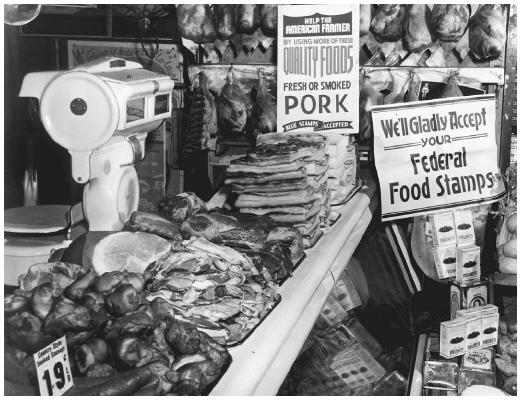



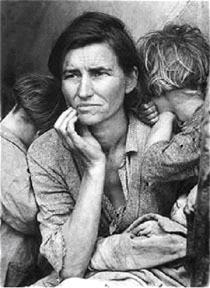
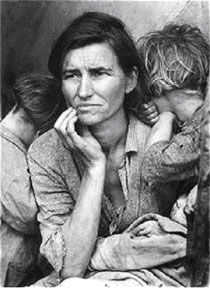

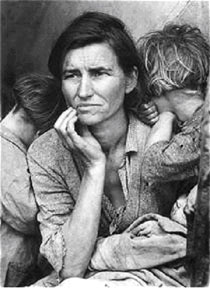
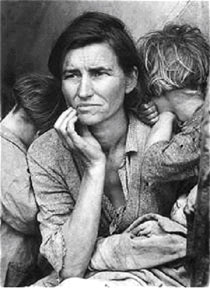
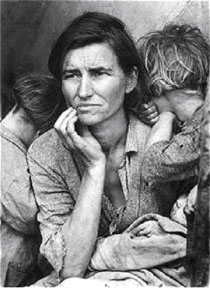
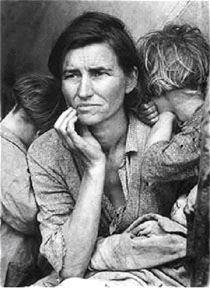
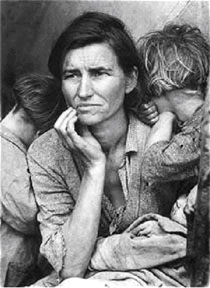
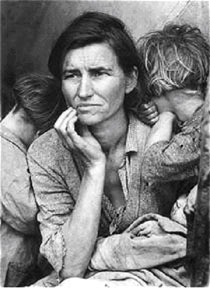
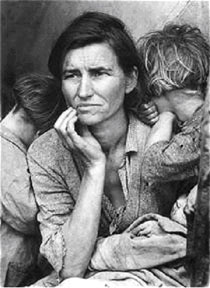
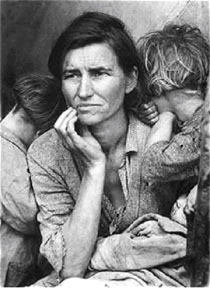
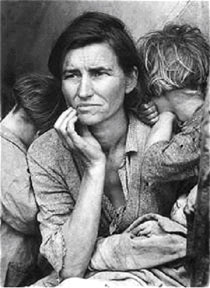
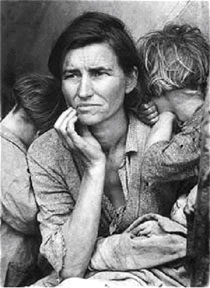
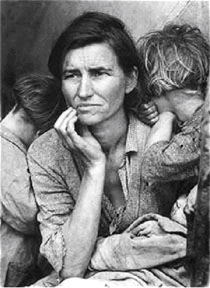
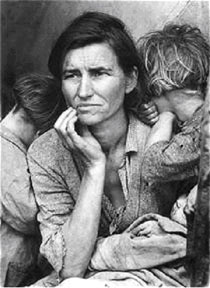














Comments